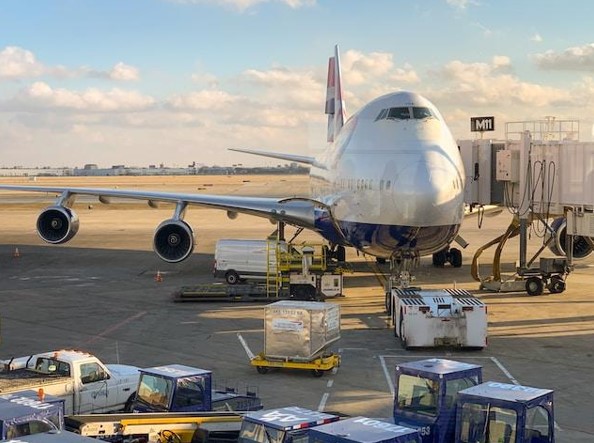
Cargo Checks: AI-Powered Inspection Systems Unveiled
As artificial intelligence (AI) continues to advance, industries worldwide are finding new ways to harness its power. One such application is in the world of cargo inspection, where AI systems are being developed to improve efficiency and accuracy. This article explores the emerging technologies in this field, the benefits they bring, and their real-world applications and future potential.
Emerging AI Technologies in Cargo Inspection
AI is transforming the way cargo inspections are conducted by automating various processes and tasks. Two significant advancements in this area include automated damage detection and efficient sorting and classification.
Automated Damage Detection
One critical aspect of cargo inspection is identifying damaged goods. Traditionally, this task has relied on human inspectors, a time-consuming and error-prone process. With AI-powered cargo inspection system, the technology can quickly and accurately detect any damage by analyzing images captured during inspections. This not only increases accuracy but also reduces the time it takes to complete inspections.
Efficient Sorting and Classification
Another area where AI is making a significant impact is in sorting and classifying cargo. Using machine learning algorithms, an ai inspection system can analyze cargo data and automatically sort it based on various parameters, such as size, weight, or destination. This technology streamlines the process, reducing the need for manual intervention and improving overall efficiency.
Benefits of AI-Powered Inspection Systems
Implementing AI-based inspection systems in cargo handling brings several advantages to the industry. Some of these benefits include reduced human error, increased accuracy, time savings, and cost savings.
Reduced Human Error and Increased Accuracy
One of the main advantages of using AI-powered inspection systems is the significant reduction in human error. By automating the inspection process and relying on advanced algorithms, these systems can identify and analyze potential issues with far greater accuracy than human inspectors. This not only minimizes the risk of overlooking damage but also ensures that cargo is correctly classified and sorted.
Time and Cost Savings
AI-powered cargo inspection systems offer considerable time and cost savings. By automating various tasks, these systems can complete inspections much faster than traditional methods, allowing for more efficient cargo handling. Additionally, the reduced reliance on manual labor can lead to significant cost savings for companies in terms of reduced workforce requirements and associated expenses.
Real-World Applications and Future Potential
AI-powered inspection systems are already being used in various applications, such as customs and border protection, as well as smart ports and warehouses. As the technology continues to evolve, its potential for further integration and advancement is vast.
Customs and Border Protection
One real-world application of AI-powered cargo inspection systems is in customs and border protection. By using advanced algorithms to quickly analyze cargo data, these systems can help customs officers identify suspicious shipments more efficiently, enabling them to focus their efforts on high-risk packages. This not only improves security but also streamlines the entire customs process.
Smart Ports and Warehouses
Another area where AI-powered cargo inspection systems are making an impact is in smart ports and warehouses. By automating various tasks, such as damage detection, sorting, and classification, these systems help optimize cargo handling processes, leading to improved efficiency and reduced operational costs.
In conclusion, AI-powered cargo inspection system is revolutionizing the way cargo inspections are conducted. With increased accuracy, reduced human error, time and cost savings, and real-world applications in customs and border protection, as well as smart ports and warehouses, the future of AI in cargo inspection is undoubtedly promising.
